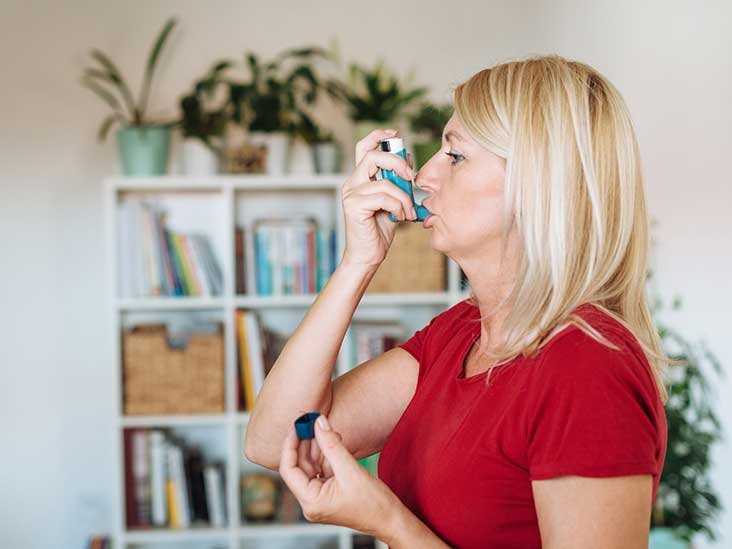What to understand approximately brittle bronchial asthma
Brittle bronchial asthma is an extraordinary form of excessive bronchial asthma. Usual remedies, including bronchodilators and steroids, do not manage this sort of allergy thoroughly. People with asthma generally revel in infection and narrowing of the airlines, making it tough for them to get air into their lungs. In brittle bronchial asthma, the symptoms are excessive, often chronic, now and again arise out of nowhere, and may be existence-threatening. In this newsletter, we look at the reasons, signs, and treatments for brittle allergies.
Causes and hazard factors
Brittle bronchial asthma is uncommon. Doctors aren’t clear why some people have brittle asthma. However, certain factors increase someone’s hazard of the situation. Some studies indicate that brittle asthma has hyperlinks with food intolerances. Cited studies suggest that about 60% of human beings with kind one brittle bronchial asthma have meal intolerances, including about 50% who have an intolerance to wheat and dairy merchandise.
Mental well-being may also play a role in the severity of brittle allergy signs and symptoms. An evaluation analyzed 5510 articles that looked at psychological factors and asthma control. The outcomes indicated that asthma and mental health ought to interact differently and, in the long run, affect people’s manipulation of their asthma signs. Having positive different medication conditions also can contribute to the danger of excessive asthma, which includes:
- obstructive sleep apnea
- gastroesophageal reflux disorder
- sinusitis
Additional risk elements for growing brittle asthma consist of the following:

- obesity
- cigarette smoking
- publicity to allergens
- frequent respiratory infections
- deficiency of antibodies
Types of brittle asthma
Experts further classify brittle asthma as type one or type 2, both of which contain extreme symptoms:
Type 1
Type 1 brittle bronchial asthma refers to humans with a huge variation in their height expiratory glide rate (PEF). The PEF measures how quickly someone can forcefully exhale air out of the lungs, in liters consistent with minute, properly after taking a full breath. The PEF measurement indicates the severity of allergy signs and symptoms. When a person has kind one brittle allergies, their PEF measurements may be extensively inconsistent, notwithstanding treatment with inhaled corticosteroids.
Type 2
Sometimes, people can manipulate type 2 brittle allergies with traditional medicines for an extended time. However, kind two brittle allergies are unpredictable, and a few humans may experience extreme allergy assaults. In a few instances, the attacks are fatal. People with intense attacks might also require treatment with a mechanical ventilator that assists breathing.
Symptoms
A woman with brittle asthma coughing into her hand
Coughing and wheezing are capability signs and symptoms of brittle allergies.
Symptoms of brittle allergies are more severe than in usual asthma. Symptoms might also persist.
In many cases, people with brittle asthma may additionally require hospitalization. Difficulty in respiration may additionally turn out to be life-threatening.
Symptoms of brittle bronchial asthma might also consist of:
- excessive shortness of breath
- wheezing
- enormous chest tightness
- coughing
How common is it?
Asthma is a commonplace situation. According to the World Health Organization, about 235 million humans globally have allergies. Most humans with asthma have a mild shape. However, in line with a few estimates, five–10% of human beings with allergies have an excessive form of the disorder. Of those, about 0.05% of people with asthma have brittle asthma.
Diagnosis
People with brittle allergies regularly require frequent visits to their medical doctor’s office or the emergency room. A doctor will make an analysis based on the severity and frequency of the character’s asthma signs and symptoms, along with a scientific history review and bodily examination. Doctors use tests to measure the severity of bronchial asthma. These encompass a pulmonary feature test and PEF measurements. They may additionally advocate a simple film chest X-ray or CT scan to assist them in ruling out other respiratory situations that can cause similar symptoms.

















